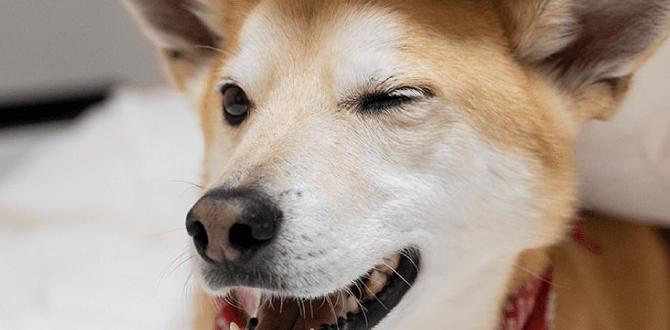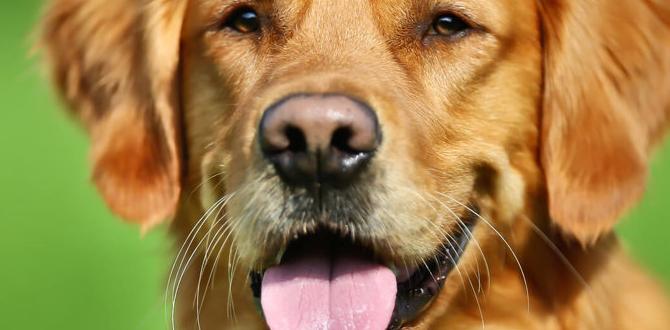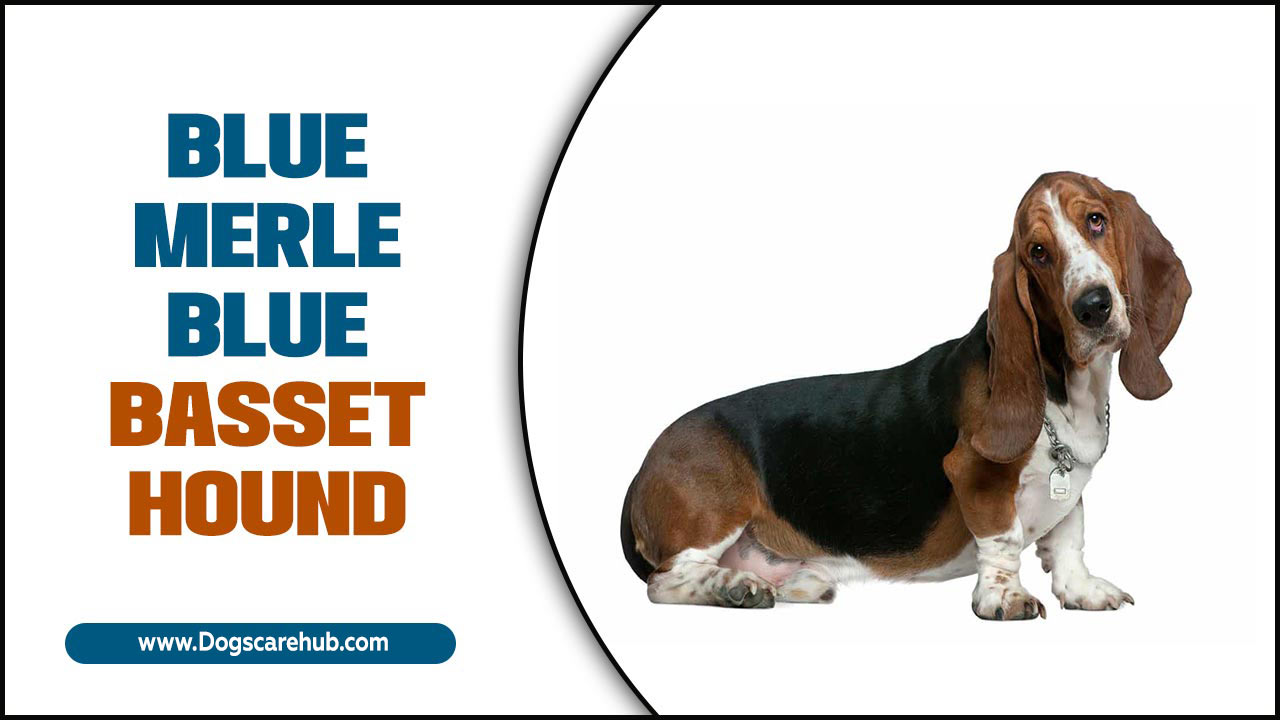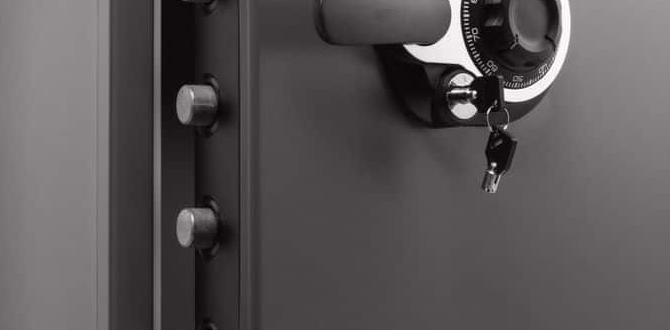Dog resource guarding for beginners can feel like a daunting topic, but with the right understanding and practical strategies, you can effectively manage and even resolve this common canine behavior. Resource guarding occurs when a dog perceives a threat to something they value – be it food, toys, a resting spot, or even a person – and exhibits behaviors to protect it. These behaviors can range from subtle shifts in body language to more overt actions like growling, snapping, or even biting. Fortunately, recognizing the early signs and implementing gentle, positive reinforcement techniques are key to helping your dog feel secure and confident, making your relationship stronger and safer for everyone.
Understanding the Roots of Dog Resource Guarding
Before diving into solutions, it’s crucial to understand why dogs resource guard. It’s not an act of malice or spite, but rather a natural instinct rooted in survival. In the wild, hoarding resources was essential for survival. While our domesticated companions often have their needs met reliably, these ancient instincts can still surface. Factors contributing to resource guarding include:
Genetics and Breed Predispositions: Some breeds may have a stronger instinct for guarding.
Past Experiences: A dog that has experienced scarcity or had resources taken away may guard more intensely.
Lack of Socialization: Insufficient exposure to different people, animals, and environments can lead a dog to feel insecure about their possessions.
Underlying Anxiety or Fear: A dog feeling insecure might guard to preemptively prevent something negative from happening.
Learned Behavior: If a dog has successfully guarded a resource in the past, they may repeat the behavior.
It’s important to remember that resource guarding is a spectrum. Some dogs might display mild possessiveness, while others exhibit severe aggression. Recognizing your dog’s individual triggers and the intensity of their guarding is the first step towards effective management.
Identifying the Signs of Resource Guarding
One of the most critical aspects of dog resource guarding for beginners is learning to recognize the subtle, and not-so-subtle, signs that your furry friend is feeling possessive. These signals often start as non-verbal cues and escalate if they are not heeded or if the perceived threat continues. By paying close attention to your dog’s body language, you can intervene before a situation becomes dangerous.
Early warning signs include:
Freezing: Your dog becomes stiff and still.
Stiffening: Their body language becomes rigid.
Hardening of the eyes: Their gaze becomes intense, pupils may dilate, and they might make direct eye contact.
Lip licking: Repeated licking of the lips, especially when not eating or drinking.
Yawning: Excessive yawning out of context.
Turning the head away: Avoidance of direct eye contact while keeping the resource in sight.
“Whale eye”: Showing the whites of their eyes.
Tucking the tail: A sign of anxiety or fear.
If these subtle cues are ignored or the dog feels their resource is still threatened, they may escalate to more obvious signs:
Low growl: A deep, rumbling sound emanating from their chest.
Snarl: Baring of teeth.
Snapping: A quick, open-mouthed bite that doesn’t make contact.
Lunging: Moving aggressively towards the perceived threat.
Biting: The most severe escalation, where the dog makes contact with their teeth.
Understanding these signs allows you to create a safe environment and train your dog to feel more secure, thereby reducing guarding behaviors.
Effective Strategies for Dog Resource Guarding for Beginners
When you’re starting out with dog resource guarding for beginners, focus on positive reinforcement and gradual desensitization. The goal is to teach your dog that people approaching their treasures isn’t something to fear, but rather something that can lead to positive outcomes.
Here are key strategies:
Management is Key
Until your dog’s guarding behavior is under control, proactive management is essential to prevent incidents.
Prevent Access to Triggers: If your dog guards their food bowl, feed them in a separate, safe space where they won’t be disturbed. If they guard a specific toy, put it away when not in use and supervise play.
Avoid Putting Them in Guarding Situations: Don’t intentionally walk past your dog while they are eating or playing with a high-value item, especially in the early stages of training.
Counter-Conditioning and Desensitization
These are the cornerstones of addressing resource guarding:
The Trade-Up Game: This is a fantastic exercise for beginners. When your dog has a desirable item, approach them calmly and offer something even better – a high-value treat like a piece of cheese or cooked chicken. As you approach, toss the treat a short distance away from your dog. When they investigate the treat, remove the original item. The goal is for your dog to associate your approach with receiving a superior reward. Start at a distance and gradually decrease it as your dog becomes more comfortable.
“Leave It” and “Drop It” Commands: Teaching strong recall and impulse control commands is vital. These commands should be taught using positive reinforcement, ensuring your dog understands that relinquishing an item leads to good things, not its removal. Practice with low-value items first and gradually increase difficulty.
Controlled Introductions to Valued Items: When introducing a new toy or food item, do so in a calm environment. Have high-value treats readily available. If your dog shows any possessive glances, toss a treat. This teaches them to look to you for good things when they have something they value.
Positive Reinforcement and Building Trust
The entire process should be built on positive reinforcement. Never punish your dog for growling or guarding. Punishment can suppress the warning signs, making the outward behavior disappear while the underlying anxiety and tendency to guard remain, potentially leading to a more dangerous, unannounced bite in the future. Focus on rewarding calm behavior and building your dog’s confidence that you are a reliable source of good things, not a competitor for resources.
When to Seek Professional Help for Dog Resource Guarding
While many cases of dog resource guarding for beginners can be effectively managed with patience and positive training methods, there are times when professional guidance is absolutely necessary. If your dog exhibits severe guarding behaviors, including frequent snapping, lunging, or biting, or if you feel unsafe or overwhelmed by the situation, it’s crucial to consult a qualified professional.
A certified professional dog trainer (CPDT-KA or CPDT-KSA), a veterinary behaviorist (DACVB), or a highly experienced behavior consultant can:
Accurately assess the severity and root cause of the guarding.
Develop a tailored behavior modification plan.
Provide hands-on guidance and support throughout the training process.
* Ensure the safety of all involved.
Remember, seeking professional help is a sign of responsible pet ownership, not a failure. It demonstrates your commitment to your dog’s well-being and the safety of your household and community. Managing dog resource guarding for beginners is about building trust, understanding, and creating a secure environment for your canine companion. With consistent effort and the right approach, you can foster a happier, more harmonious life with your dog.
Meet Elyse Colburn, the devoted canine companion and storyteller behind the enchanting world of “Tales, Tails, and Adventures Unleashed.” A passionate dog enthusiast with a heart full of paw prints, Elyse Colburn shares heartwarming tales and insightful adventures, celebrating the joy, loyalty, and endless antics that make every dog a true hero. Join Elyse Colburn on this tail-wagging journey, where every post is a love letter to our four-legged friends.






